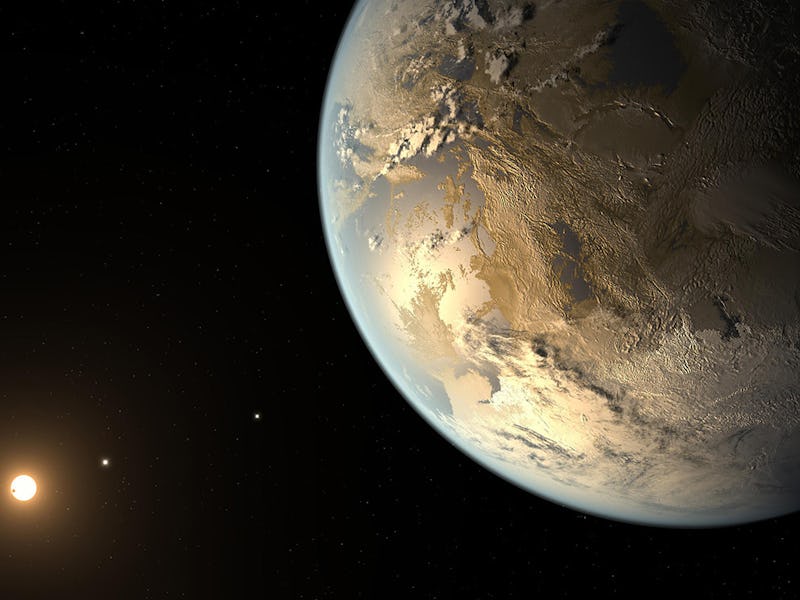The scientific community is getting increasingly hopeful we might find signs of extraterrestrial life one day. The more exoplanets we find and the more we understand what planetary habitability is, the more likely it appears that life has also arisen elsewhere in the universe. While we’d love for it to be intelligent life, even discovering the presence of primitive microbes would be one of the greatest discoveries in history.
Of course, a lot of factors go into the likelihood life will evolve — and even more factors are at play regarding whether that life can survive. What if all the aliens are actually dead, having been unable to withstand the harsh, pummeling events that afflict the natural world? There’s a lot of violent shit happening out in space, from supernovas, to gamma-ray bursts, to asteroid impacts (bye dinosaurs!), to rogue planets and stars making their way too close for comfort.
But a new paper actually suggests there’s real promise in believing life on other worlds could survive even the worst events. A study published last month ran some numbers concerning what might happen if an Earth-like planet experienced a boiling of its oceans. The paper found that, while humans and most other organisms would definitely be annihilated, certain species of extremophiles would survive, especially tardigrades.
The study itself — which was co-written by the famed astronomer Avi Loeb, no stranger to considering how extraterrestrials might thrive on other planets — was definitely concerned with figuring out what this means for extraterrestrial life. The ability for a species like a tardigrade to survive near-certain planetary sterilization means life on another planet could endure and continue evolving. Even one species, given millions and millions of years to grow, could evolve and produce a diverse ecosystem of life, which could lead to a re-terraforming of the world after its faux-apocalypse.
This is especially important in the context of many of the exoplanets astronomers have found. There are strong concerns that potentially habitable worlds like Proxima b or those in the TRAPPIST-1 system sit perilously close to their host stars and are being inundated by extreme bouts of stellar radiation. The fact that this study’s numbers suggest an organism has a shot at surviving a far more severe cataclysm is quite encouraging.
And future missions to Europa and other cold “ocean worlds” in the solar system will give scientists an opportunity to see whether life has the potential to — or currently does — inhabit a settings that might be characteristic of a post-cataclysmic event.
So rejoice, alien lovers. The news just keeps getting better and better.
